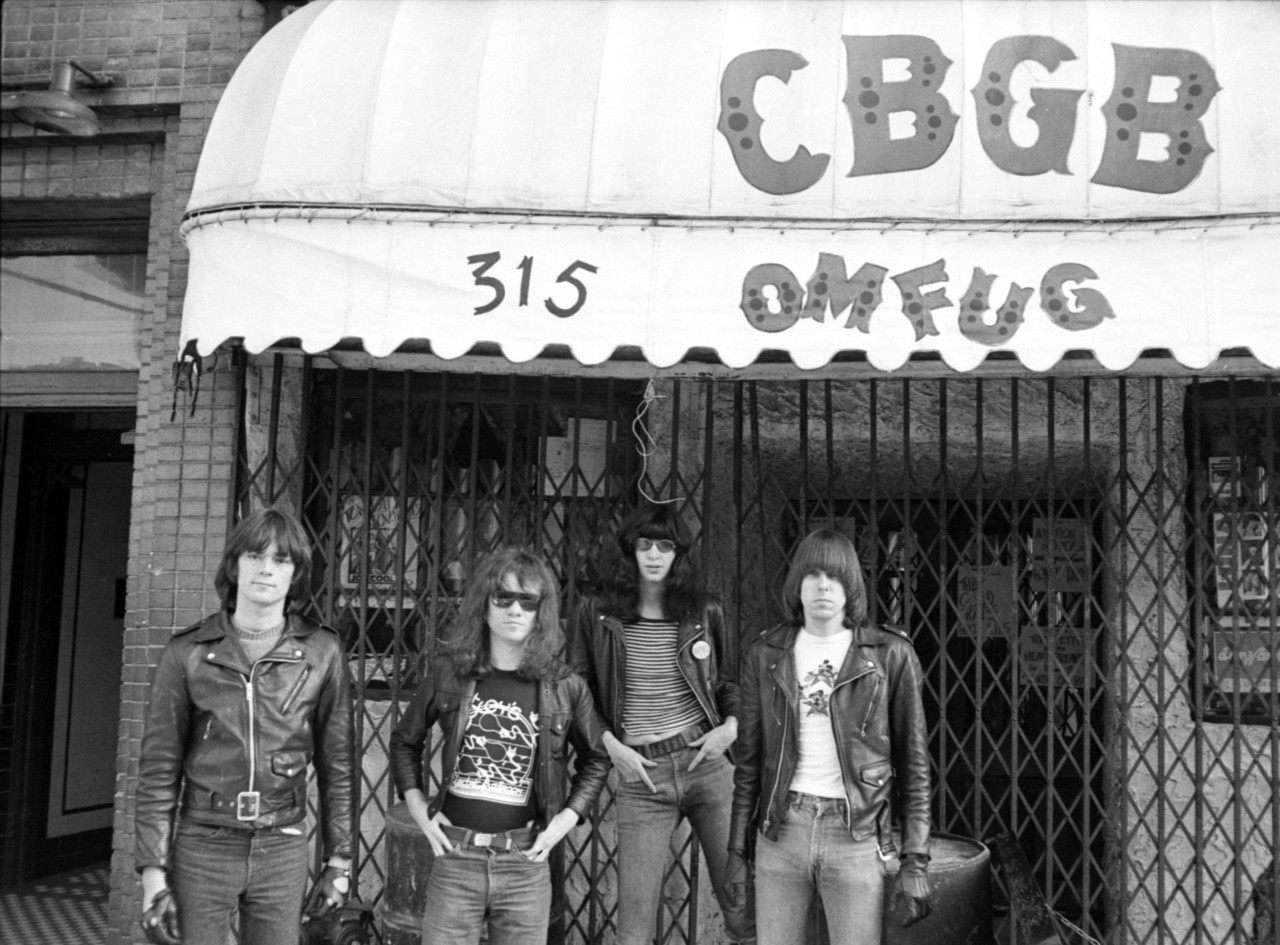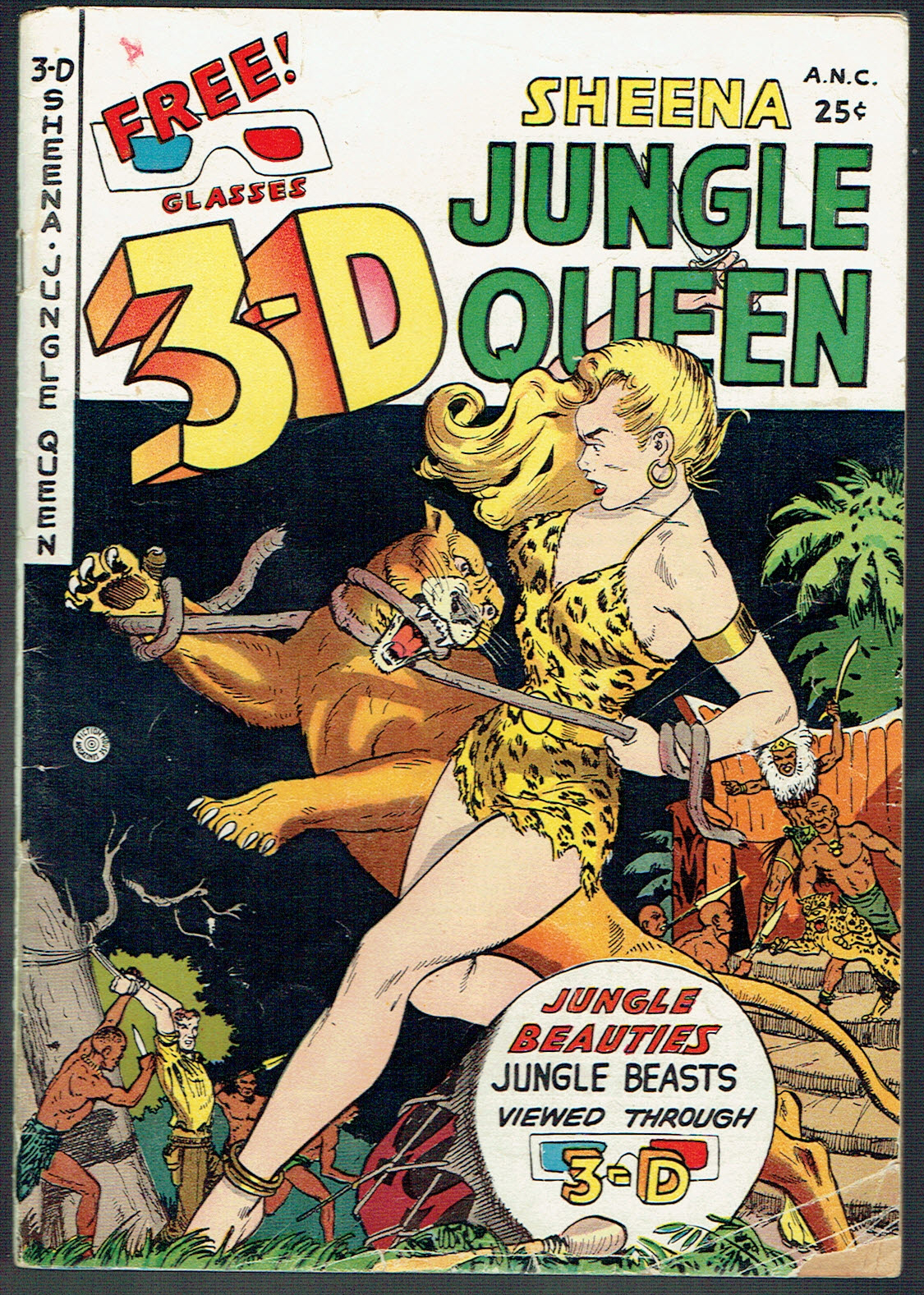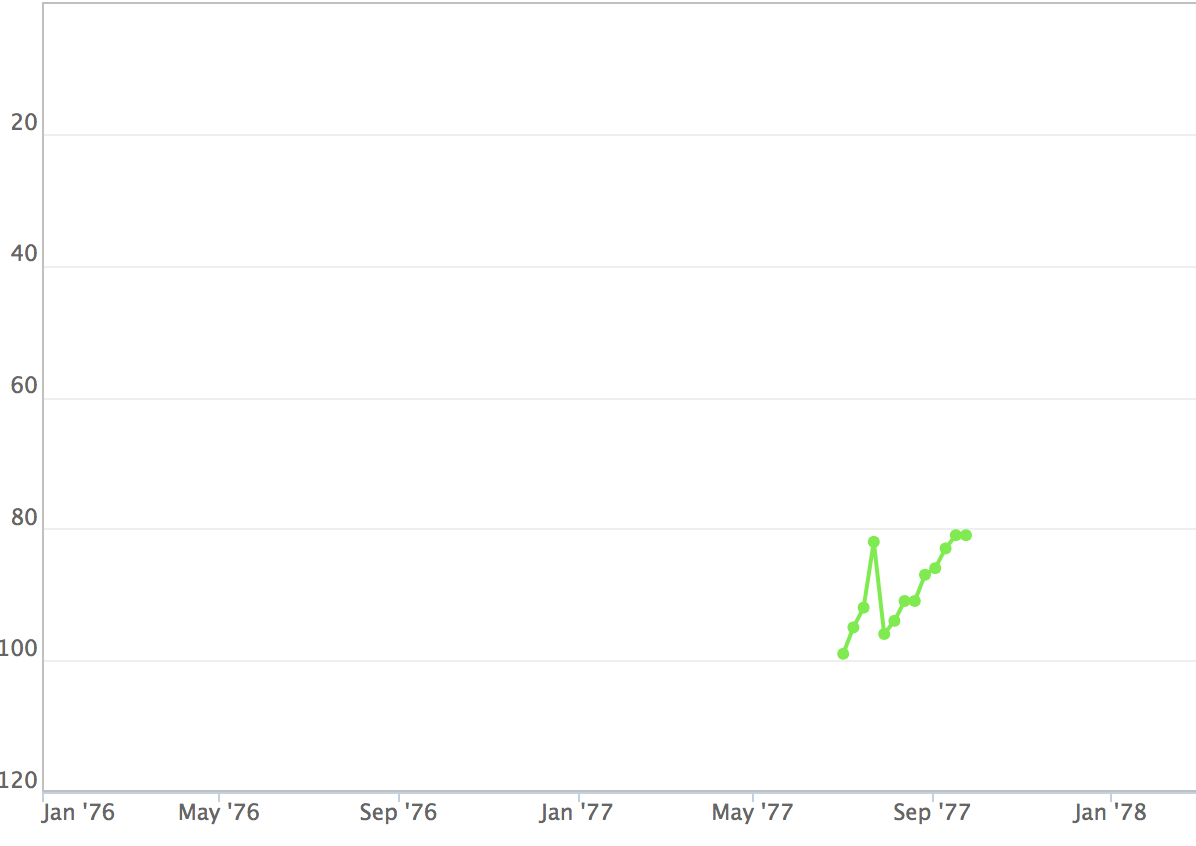
Punk rock
The Ramones’s “Sheena Is a Punk Rocker” is primarily classified as a part of the punk rock genre. Other than the song title itself, the song showcases musical elements that make it part of punk rock. One example is that the song has a lack of virtuosity. Throughout the song, there are no moments where one instrument or member stand out. In other words, there aren’t any solos to showcase a member and/or their instrumental skill. This relates to the concept of simplicity in punk, as punk grew as a DIY or do-it-yourself movement, showing anyone could express themselves through music. In “Sheena Is a Punk Rocker,” it sounds like there is no real production and that the band plays as loud as they can.
As mentioned, punk is largely DIY. “Sheena Is a Punk Rocker” is no exception because of the consistent tempo that carries throughout the song. In addition, Joey Ramone’s vocal timbre is almost gutteral. His voice is almost buried by the loud, driving guitar. There is also some microphone feedback, which — as we talked about in class — is also representative of DIY punk. It is worth noting that the production on “Sheena” and the rest of Rocket to Russia is improved from that of the Ramones’s previous albums.
New Wave
Derived from punk rock, the New Wave genre was introduced in the late 1970s to early 1980s. New Wave was considered a cleaned-up version of punk, which allowed more women to enter the music scene at the time. Like punk, New Wave doesn’t focus on virtuosity, but was more radio friendly which was likely attractive to the Ramones. Because the Ramones were performing at CBGB, which was the early hub for New Wave music, it’s likely that they were influenced by bands such as the Talking Heads and Blondie that also played there. In fact, Blondie was originally a punk act that gained recognition upon shifting to New Wave.
An important aspect of New Wave is “recycling … pop culture’s distant past,” as said by popular music expert Theo Cateforis (Cateforis 95). We can see this musically in the way that the Ramones reference surf rock in their music, as well as in the Ramones’s 1950s greaser image. The Ramones’s brand of individuality is entwined with opting for what’s ‘unhip’ rather than the newest fad, which is similar to the way that the B-52s, another New Wave band, wore thrift store clothes and used ‘obsolete’ instruments (95). Because American culture was obsessed with the ‘next new thing,’ New Wave artists such as Devo parodied the absurdity of consumer culture (102). The Ramones show a fondness for the popular culture of the past while using it as a way to rebel against the norms of the 1970s.
Appreciating the 1950s and ’60s
When looking at the lyrics, the introduction in “Sheena Is a Punk Rocker” of the kids being “hopped up and ready to go” is similar to how the Beach Boys would begin a song, such as “Fun, Fun, Fun” or “Surfin’ USA.” The vocals not only evoke surf acts such as the Beach Boys, but the girl groups that influenced them with harmonies in the backing vocals. It features clapping to drive the beat as well, reminding the listener of girl groups such as The Supremes. As Rhino argues in the “Single Stories” article on the track, “Sheena Is a Punk Rocker” pays tribute to catchy “bubblegum” ’50s and ’60s pop in its bouncy simplicity (Rhino). However, the other kids go surfing and Sheena doesn’t, which shows a departure from surf rock and into punk rock. In Beach Boys songs such as “Fun, Fun, Fun,” teenage rebellion is associated with surfing and cars, but the Ramones reinterpret it into running off and joining the punk scene in “Sheena Is a Punk Rocker.”
“Fun, Fun, Fun” by The Beach Boys (Beach Boys/YouTube)
“Sheena Is a Punk Rocker” actually reinterprets a number of aspects of 1960s popular culture. Like the B-52s “Rock Lobster,” beginning “Sheena Is a Punk Rocker” with a group of “kids” going off to dance or surf references campy ’60s B-movies (Cateforis). According to Rhino, “Sheena Is a Punk Rocker” is about “what might happen if Sheena, Queen of the Jungle was reintroduced to civilization” (Rhino). Sheena, Queen of the Jungle was a midcentury comic book character, popular around the time of the Ramones’s youth. By turning her into their ideal punk, the Ramones upcycled this aspect of popular culture for new, younger audiences. In other words, the Ramones sought to appeal to youth in this way by creating new versions of their own adolescent media, which had been relegated to the trash cans of the 1970s.

So what?
“Sheena Is a Punk Rocker” is catchy and radio-friendly because it sounds like surf rock and girl groups that had been on the radio in the decades before its release. The Ramones also upped their production for the album it’s on, which is similar to New Wave’s ‘lightening’ of punk. By using New Wave influence, the Ramones could make punk that could pass on the radio so that their ideal audience would discover them. Similarly, by referencing old B-movies and comic book characters, the Ramones rebelled against what was popular at the time, combining the defiance of punk with New Wave’s comments on consumer culture and cultural obsolescence. Rocket to Russia ultimately made it to #49 on the American Billboard charts, which was considerably better than their past albums (Billboard).
